Thousands of leaked cables from ex-Yugoslavia
Among the 250,000 documents which WikiLeaks started publishing on Sunday are several thousand documents concerning the former Yugoslavia.
Monday, 29.11.2010.
16:27

Among the 250,000 documents which WikiLeaks started publishing on Sunday are several thousand documents concerning the former Yugoslavia. The leaked U.S. embassy cables addressed to the State Department from around the world covering several decades have been first forwarded by the whistle-blower website to Der Spiegel, The New York Times, The Guardian and Le Monde. Thousands of leaked cables from ex-Yugoslavia Der Spiegel has made a special Interactive Atlas to present the material, according twhich there are 994 cables from Belgrade (starting from 1966), 1,686 from Croatia (from 1991) and 869 from Sarajevo, Bosnia. Most cables sent to the State Department from the American embassy in Belgrade are not confidential. However, among the 994 documents there are also 156 files with various degrees of confidentiality. Among the WikiLeaks classified documents, according to the Der Spiegel’s Interactive Atlas, there also are 836 cables from Ljubljana, 668 from Pristina, 522 from Macedonia and 164 from Montenegro. Because of the large number of cables from the former Yugoslavia, the region’s recent history might have to be rewritten, some say, as reporters around the world assess the situation after the leak. The Croatian media report today that a majority of the documents concerning that country date from the period between 2006 and 2010. There are five files from 1991, when the wars that broke up Yugoslavia started, while most – 288 - are from 2009. As for 1995 - when Croatia launched its Operation Storm against the Serb inhabited areas, there are only 55 cables leaked. Most documents are labeled as unclassified and classified – for official use only, while 24 have been marked secret and top secret are 24 documents. Their content has not yet been revealed. The British Guardian and the New York Times published just two documents relating to Croatia. In a document from July 31, 2009, U.S. Secretary of State Hillary Clinton asked the U.S. Mission to the UN for information on Croatia’s stand on Sudan, Iran, women’s rights, fight against terrorism and similar things. The other document is from September 16, 2009, and concerns a meeting between Philip H. Gordon, U.S. assistant secretary of state, and French officials in Paris. At that meeting Gordon mentions the Croatia-Slovenia border dispute as “something that will be solved.”
Thousands of leaked cables from ex-Yugoslavia
Der Spiegel has made a special Interactive Atlas to present the material, according twhich there are 994 cables from Belgrade (starting from 1966), 1,686 from Croatia (from 1991) and 869 from Sarajevo, Bosnia.Most cables sent to the State Department from the American embassy in Belgrade are not confidential.
However, among the 994 documents there are also 156 files with various degrees of confidentiality.
Among the WikiLeaks classified documents, according to the Der Spiegel’s Interactive Atlas, there also are 836 cables from Ljubljana, 668 from Priština, 522 from Macedonia and 164 from Montenegro.
Because of the large number of cables from the former Yugoslavia, the region’s recent history might have to be rewritten, some say, as reporters around the world assess the situation after the leak.
The Croatian media report today that a majority of the documents concerning that country date from the period between 2006 and 2010.
There are five files from 1991, when the wars that broke up Yugoslavia started, while most – 288 - are from 2009. As for 1995 - when Croatia launched its Operation Storm against the Serb inhabited areas, there are only 55 cables leaked.
Most documents are labeled as unclassified and classified – for official use only, while 24 have been marked secret and top secret are 24 documents.
Their content has not yet been revealed.
The British Guardian and the New York Times published just two documents relating to Croatia.
In a document from July 31, 2009, U.S. Secretary of State Hillary Clinton asked the U.S. Mission to the UN for information on Croatia’s stand on Sudan, Iran, women’s rights, fight against terrorism and similar things.
The other document is from September 16, 2009, and concerns a meeting between Philip H. Gordon, U.S. assistant secretary of state, and French officials in Paris.
At that meeting Gordon mentions the Croatia-Slovenia border dispute as “something that will be solved.”



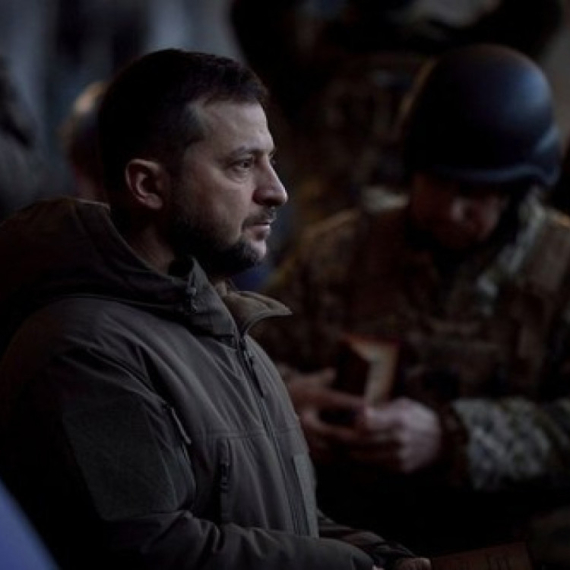


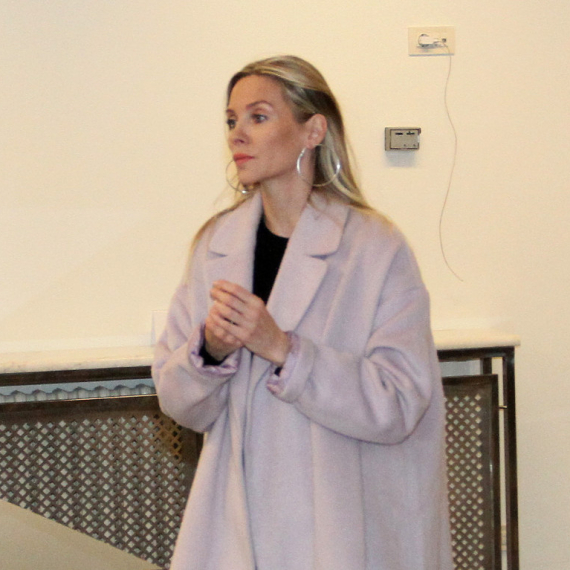



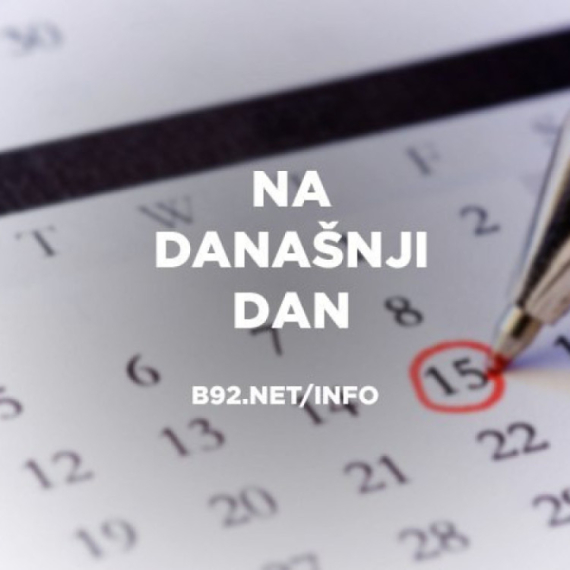
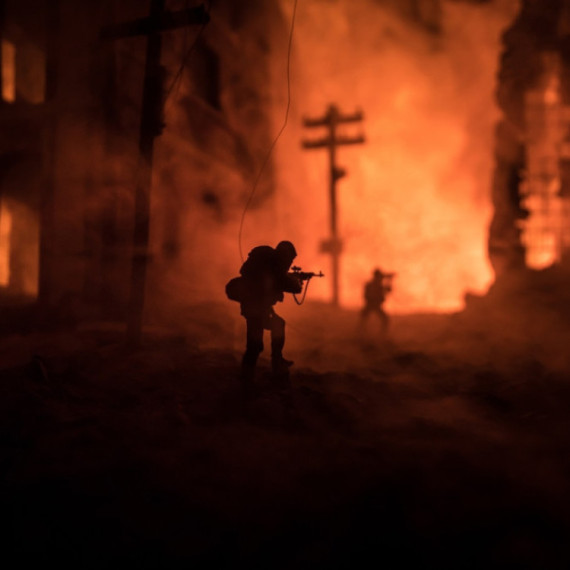
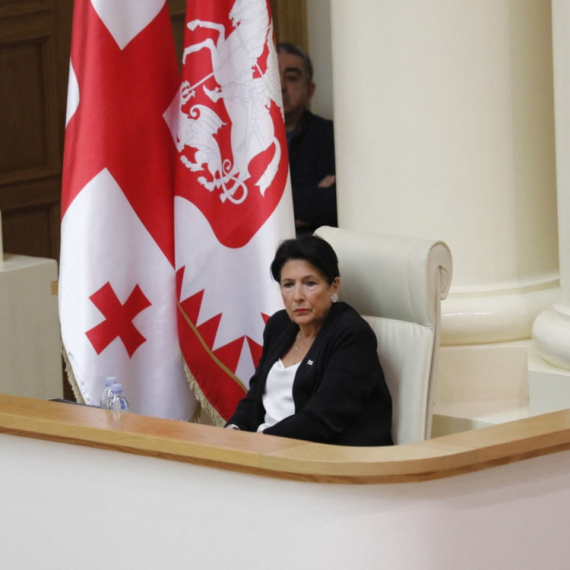

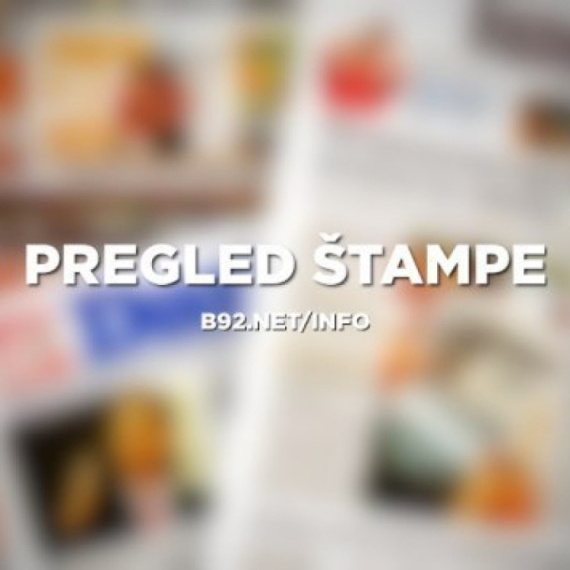



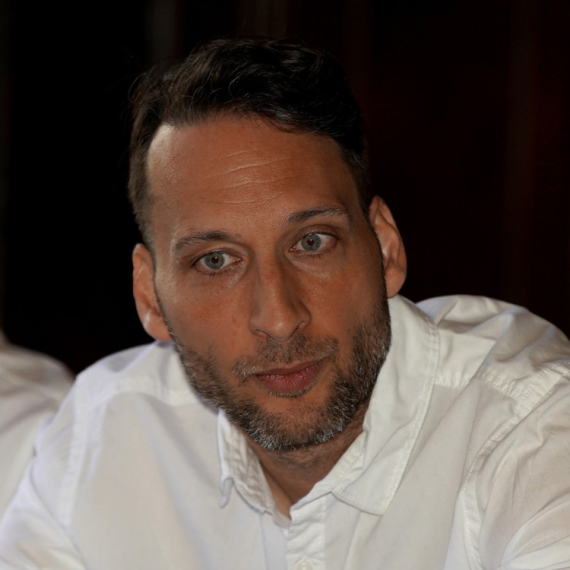















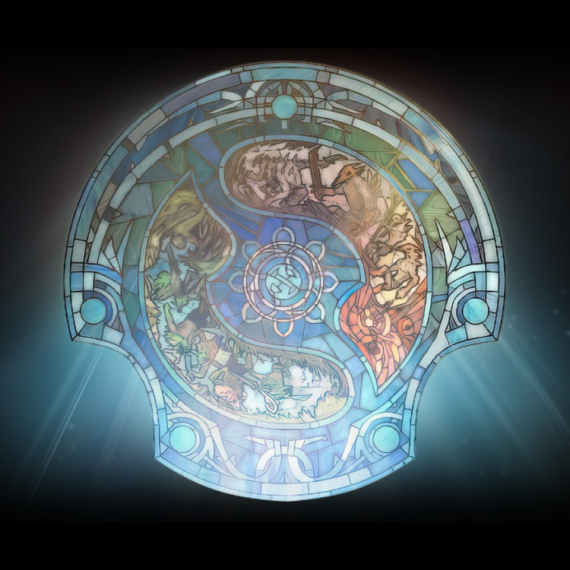

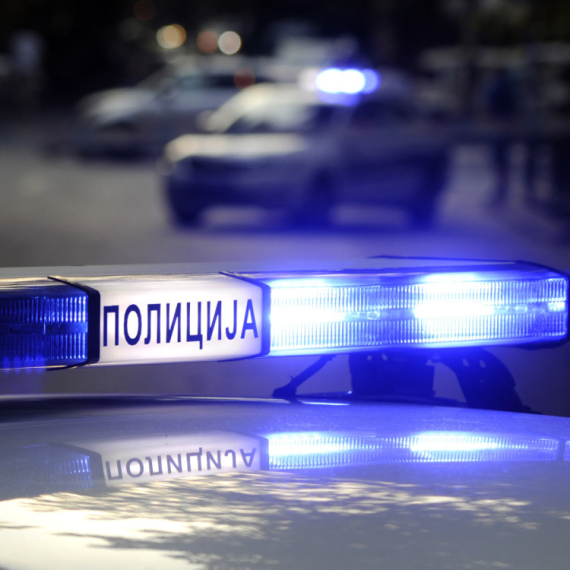
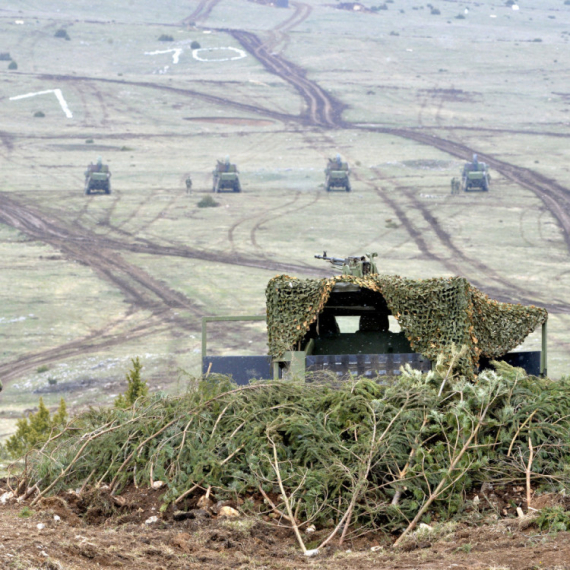
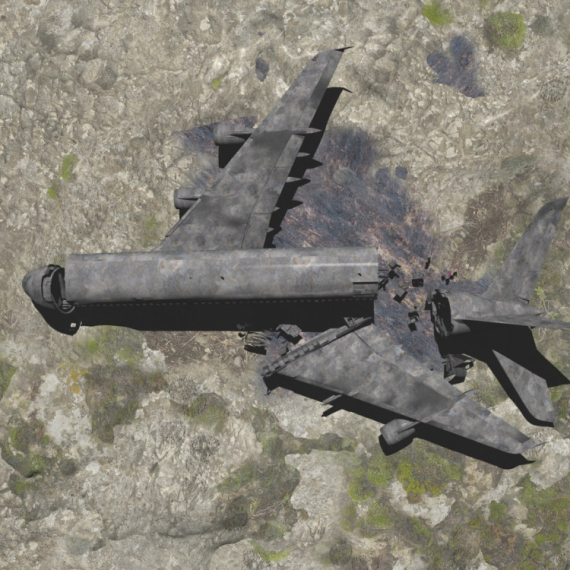
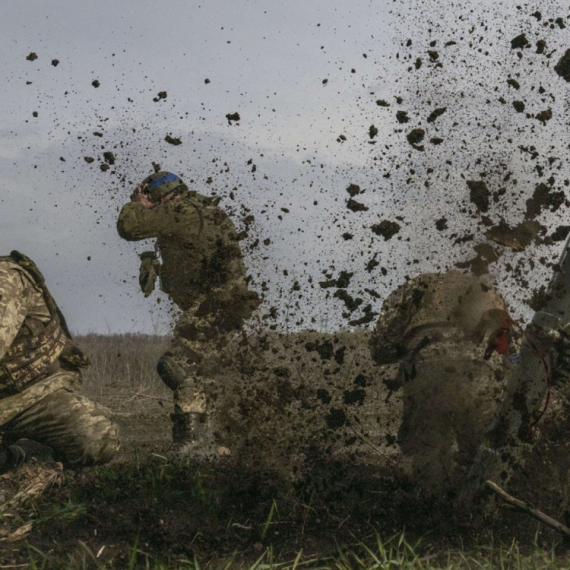
















Komentari 2
Pogledaj komentare